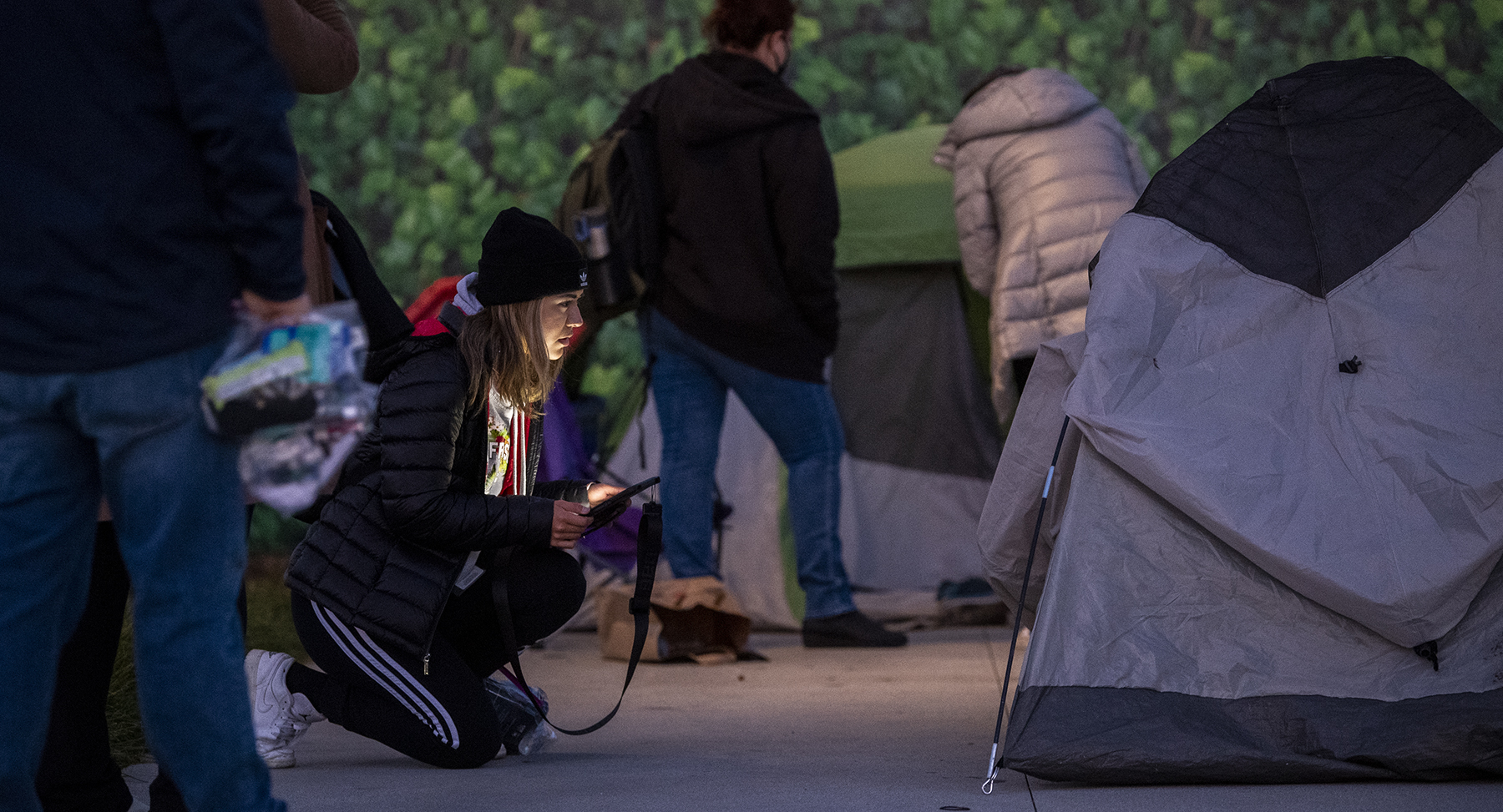Los Angeles County’s homeless population grew by 9% since last year, with more than 75,000 people unhoused around the county, according to data released today.
Percentage-wise, that’s almost twice as big a jump as the 4.6% year-over-year increase that Long Beach reported in April—and it’s more than twice the percentage growth seen in unhoused residents that the county saw between 2020 and 2022.
In both Long Beach and LA County, which held homeless counts in January, a majority of unhoused residents were unsheltered, although many emergency beds and other interim housing options have been added in recent years.
While a majority of LA County’s homeless population is found in the city of Los Angeles, one of the areas that saw the biggest increase was the Harbor area, according to the data.
The Harbor area stretches south from Inglewood and El Segundo to San Pedro and Wilmington. While the number of unhoused people in four of the county’s eight homeless service areas grew by fewer than 1,000—and shrank in one area—three areas saw four-digit increases; the Harbor area added 2,031 people for a total of 6,476.
(The county included homeless numbers from Long Beach, Glendale and Pasadena in its overall total, but excluded them from some of the breakdowns because they have their own homeless service agencies and conduct their own counts.)
Data from Long Beach and LA County showed an increase in older adults without housing since 2022, but in Long Beach, the number of unhoused people 64 and older nearly doubled while in LA County it was up just 11%.
Both the city and county counts also found Black people made up a disproportionate share of the unhoused. In LA County, 31.7% of homeless people were Black while just 7.6% of all county residents are Black; in Long Beach, about 32% of unhoused people were Black in a city with a population that’s 12.1% Black.
(City and county officials have noted that some of the homeless count data relies on observation and extrapolation because some unhoused people don’t want to answer survey questions and it’s impossible to find everyone who is on the streets on any given day.)
A presentation on the county data called the numbers “disappointing but not surprising,” and pointed to the high cost of housing as a leading cause of homelessness.
In a statement, LA County Supervisor Janice Hahn echoed that disappointment, saying, “It is frustrating to have more people fall into homelessness even as we are investing hundreds of millions of taxpayer dollars and resources into efforts to bring people inside. I appreciate the cities that have stepped up and supported solutions, but these numbers prove that solutions-oriented cities are too few and far between.”
In April, Long Beach Mayor Rex Richardson called the change in Long Beach’s 2023 numbers “encouraging,” because they showed a turnaround from the 62% spike in unhoused residents between 2020 and 2022.
Officials in Long Beach and Los Angeles have declared states of emergency for homelessness and have taken multi-pronged approaches such as boosting street outreach, adding shelter beds and seeking to fast-track construction of permanent housing. Earlier this month, Hahn and Richardson announced a city-county partnership to buy a Long Beach site that had served as an 85-bed winter shelter and keep it open year-round.

